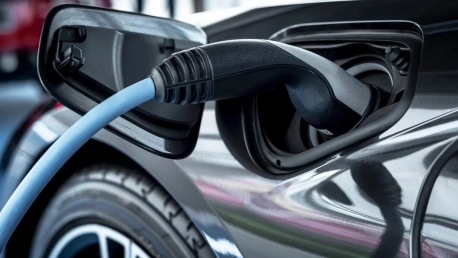The automotive industry is currently undergoing a profound transformation with the rise of electric vehicles (EVs). This juncture presents a set of complex challenges accompanied by promising prospects. In this critical exploration, we probe the regulatory, economic, and social implications of this shift, guided by industry expertise, to garner a comprehensive understanding of what electrification means for the future of transportation.
The Compelling Advantages of Electric Vehicles
Reduction of Emissions and Impact on Environment
A central catalyst driving the adoption of electric vehicles is their potential to curtail emissions. EVs offer a substantial reduction in greenhouse gases, particularly when paired with renewable energy sources for electricity generation. These vehicles are poised to play a pivotal role in combating climate change, especially as nations strive to meet ambitious carbon reduction targets. The transition to EVs could also significantly diminish urban air pollution, which is a leading health risk in many cities globally.
Performance and Consumer Benefits
Electric vehicles are redefining what it means to drive, featuring instantaneous torque and a smoother ride compared to traditional internal combustion engines (ICEs). This boost in performance couples with cost savings from across-the-board reductions in fuel and maintenance expenses, considering that EVs have fewer moving parts to service or replace. This enticing mix of benefits is moving consumers to reconsider their transportation choices, favoring electric options.
The Roadblocks to Electrification
Charging Infrastructure and Battery Costs
A critical barrier to EV adoption is the current inadequacy of charging infrastructure. This dilemma is most acute for city dwellers, where establishing charging stations in dense urban landscapes poses logistical challenges. On the horizon, innovative solutions, such as fast-charging networks and charging points integrated within parking structures, beacon the promise of greater accessibility. Concurrently, high battery costs remain a concern, though advancements in technology and economies of scale are expected to drive prices down over time.
Regulatory Support and Policy Intervention
Regulatory frameworks and incentives have the influence to steer the EV market’s trajectory. Initiatives like the Inflation Reduction Act and the Bipartisan Infrastructure Law in the United States showcase the government’s role in fostering the growth of the EV sector through investments and tax incentives. Nonetheless, sustained policy intervention is crucial, ranging from the facilitation of domestic battery material production to optimizing the supply chain, to fully harness the potential of electric mobility.
The Environmental Footprint of EV Manufacturing
Mining Practices and Lifecycle Management
The environmental footprint of EV manufacturing is a nuanced issue. While EVs play a crucial role in reducing tailpipe emissions, sustainable mining practices for battery materials such as lithium and cobalt are vital to minimize ecological damage. Additionally, the industry must address the ethical concerns associated with mining practices. Effective lifecycle management of batteries, encompassing recycling and repurposing, can also curtail their environmental impact.
Setting Industry Standards and Transparency
To ensure EVs contribute positively to environmental goals, stringent industry standards and transparency regarding production and disposal processes are imperative. Regulations must enforce environmentally sound practices, from the extraction of raw materials to the manufacturing of the vehicles and their eventual scrapping or recycling. This oversight will ensure that EVs deliver on their eco-friendly promise throughout their lifecycle.
The Future of Autonomous and Electric Vehicles
Regulatory Challenges for Full Autonomy
The rise of autonomous technologies intertwines with electrification, bringing forth a host of regulatory challenges. Establishing comprehensive vehicle standards for full autonomy necessitates a reimagining of existing policies to fit a driverless paradigm. As technology advances, lawmakers will grapple with the task of sculpting legislation that ensures the safety and efficiency of self-driving cars while fostering innovation.
Safety and Societal Benefits of Autonomy
The integration of autonomous technologies promises to enhance safety on the roads by reducing the potential for human error, which is a significant contributor to traffic incidents. Furthermore, the societal benefits are numerous, from increased mobility for individuals who cannot drive, such as the elderly and people with disabilities, to the potential for improved traffic flow and reduced congestion. Embracing electric and autonomous vehicles could prove transformative for society, altering not just how we commute but the very fabric of urban planning and development.









